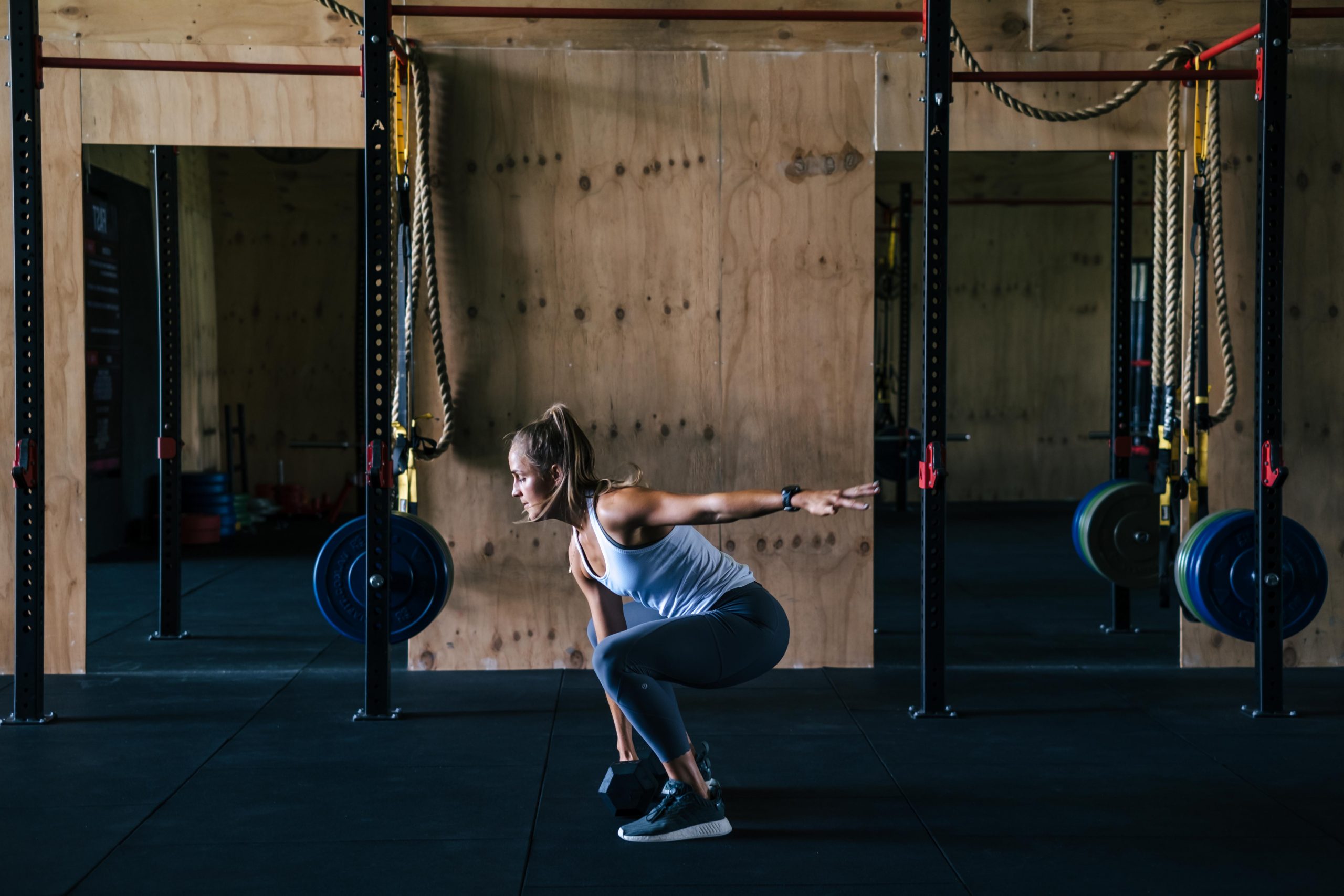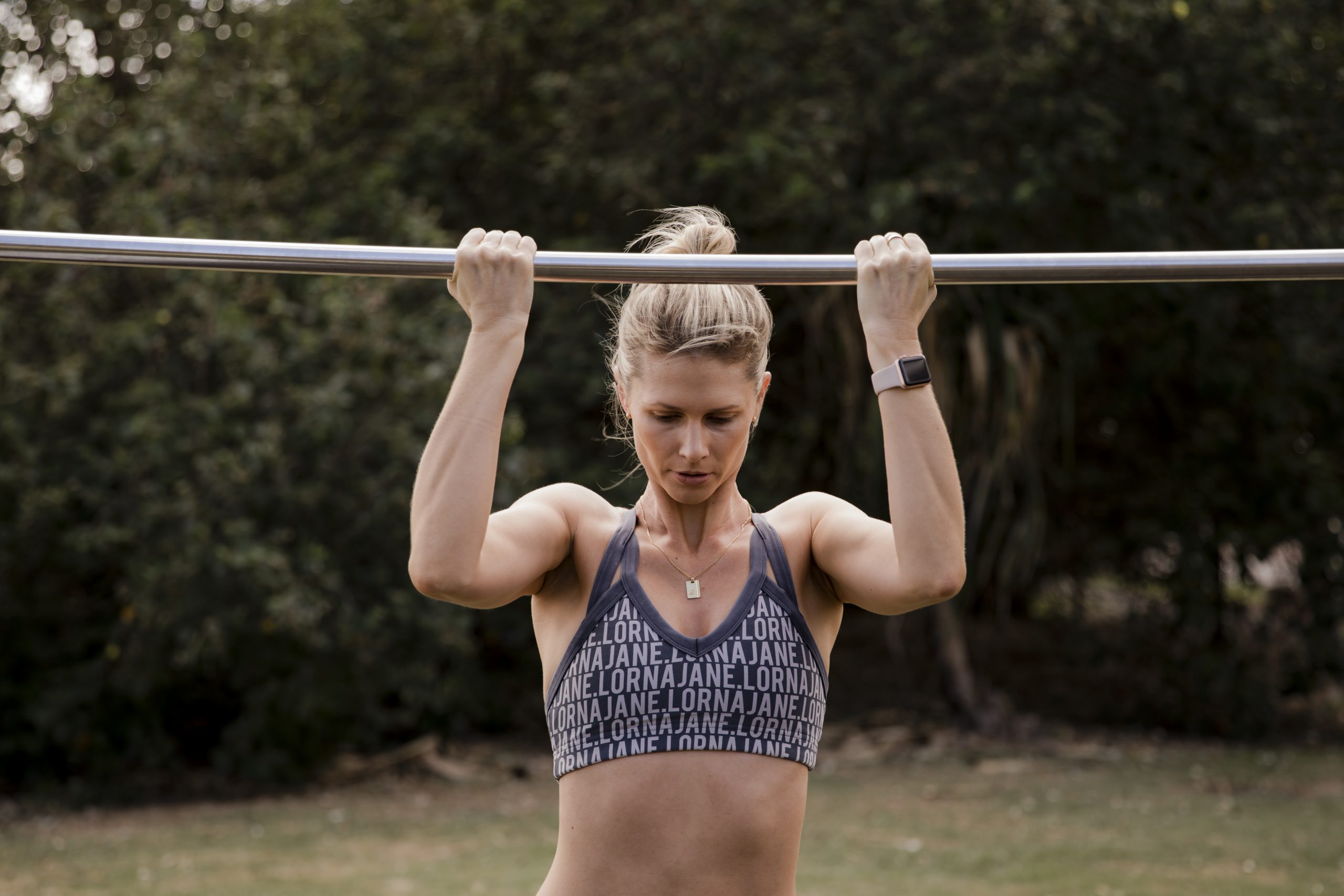Caffeine for Performance What is caffeine? Caffeine is the most widely consumed psychoactive substance, and…
 Are you finding it impossible to gain muscle while dropping body fat? You’re not alone! This is a common goal among athletes, and although growing muscles while losing body fat is a physiologically difficult process particularly amongst lean individuals, there is growing literature that it is possible among active individuals.
Are you finding it impossible to gain muscle while dropping body fat? You’re not alone! This is a common goal among athletes, and although growing muscles while losing body fat is a physiologically difficult process particularly amongst lean individuals, there is growing literature that it is possible among active individuals.
First things first, make sure you are lifting HEAVY multiple times per week. To stimulate muscles protein synthesis, you need to be progressively overloading your muscles with heavier weights. Secondly, nutrition is used to optimise these training adaptations to increase muscle mass faster and more efficiently, as well as help the body adapt and recover optimally.
Periodised nutrition is a fundamental concept in simultaneously building muscle and losing fat. This involves adapting your nutritional intake based on your training program. There are several fundamental strategies to help achieve the goal of body re-composition:
1) Have a high protein intake
Having a high protein intake is crucial for body re-composition. Aim for the higher end of protein requirements, around 2.2 g/kg per day on both resistance training and non-resistance training days. For example, someone who weighs 80kg would ideally have 176g of protein daily. This will help maximise muscle growth and help maintain muscle mass when eating in a calorie deficit.
2) Have an even distribution of protein throughout the day
Research has shown that muscle protein synthesis is maximised when protein is evenly distributed at multiple times throughout the day, compared to consuming the same amount of protein across only two eating occasions. This means making a conscious effort to include a good protein source at breakfast, lunch and dinner! You will also benefit from consuming 20+ grams of protein within 30-60 minutes post-training.
3) Fuel training adequately
A high carbohydrate snack before training is important to provide energy during training. This is especially important in order to provide your body with the energy it needs to fuel your performance and lift HEAVY weights! This will help to maximise your training potential! Ideally for a pre-training snack, think easily digestible carbohydrates that can be used right away! Some examples of great pre-training snacks include a banana, white toast with honey, or a handful of dried fruit.
4) Maintain a small energy deficit
The tricky part about building muscle and losing fat is that they may seem counter intuitive. As mentioned earlier, it’s important to be eating enough calories around training to build/preserve lean muscle tissue. However, to lose fat, you need to be in an overall calorie deficit. This means having fewer calories than what your body burns, which includes daily tasks as well as exercise. Therefore, to increase your chances of promoting fat loss whilst also avoiding loss of muscle tissue, focus on being in a SMALL calorie deficit, with emphasis on sufficient protein intake (see an Accredited Sports Dietitian to get a personalised nutrition plan to suit YOU and your goals).
Putting it all together
To maximise your chances of simultaneously gaining muscle mass and dropping body fat, it’s important to adequately fuel around training, maintain a consistent, high daily protein intake, and achieve a SMALL / personalised calorie deficit. Protein intake should remain consistent on both training and non-training days. Total energy intake should reflect energy expenditure – i.e. utilising extra carbohydrate in and around training to fuel your muscles and performance. This will help to maximise muscle growth whilst also preventing loss of lean muscle tissue.
Other factors to consider
Set realistic goals! Gaining 0.25-0.5kg of muscle per week is possible, but other factors influence someone’s ability to do so including genetics, lifestyle, and training. Baseline body composition, metabolic rate, stress levels, hormones (i.e. testosterone, growth hormone), adequate recovery and sleep all influence muscle growth and the magnitude of body re-composition. An increase in muscle mass without an increase in fat mass will be a slower process when trying to do them concurrently.
As you can see, there are many factors to consider when trying to lose fat and build muscle. Body re-composition can be a difficult process to do but it’s certainly possible. Working with an Accredited Sports Dietitian can help you achieve this process and meet your goals!
References
Aragon, A. A., Schoenfeld, B. J., Wildman, R., Kleiner, S., VanDusseldorp, T., Taylor, L., Earnest, C. P., Arciero, P. J., Wilborn, C., Kalman, D. S., Stout, J. R., Willoughby, D. S., Campbell, B., Arent, S. M., Bannock, L., Smith-Ryan, A. E., & Antonio, J. (2017). International society of sports nutrition position stand: diets and body composition. Journal of the International Society of Sports Nutrition, 14, 16. https://doi.org/10.1186/s12970-017-0174-y
Barakat, Christopher MS, ATC, CISSN1; Pearson, Jeremy MS1; Escalante, Guillermo DSc, MBA, ATC, CSCS, CISSN2; Campbell, Bill PhD, CSCS, FISSN3; De Souza, Eduardo O. PhD1 Body Recomposition: Can Trained Individuals Build Muscle and Lose Fat at the Same Time?, Strength and Conditioning Journal: October 2020 – Volume 42 – Issue 5 – p 7-21 doi: 10.1519/SSC.0000000000000584
Jeukendrup A. E. (2017). Periodized Nutrition for Athletes. Sports medicine (Auckland, N.Z.), 47(Suppl 1), 51–63. https://doi.org/10.1007/s40279-017-0694-2



